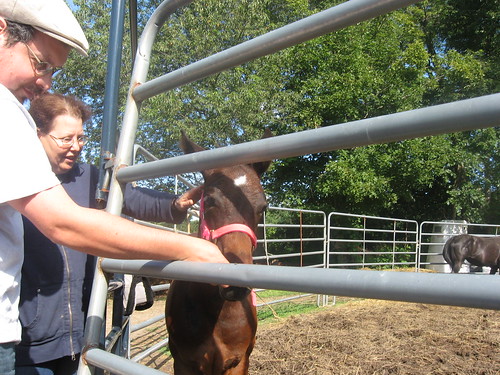|
Hernán Rivera Letelier grew up in the mining towns of Humberstone and Algorta, in Chile's Norte Grande, at the tail end of the nitrate-mining era: a major stage in Chile's history and in the history of the industrialized world. He tells Ariel Dorfman (as related in Dorfman's Desert Memories, 2004) that his earliest memories are of "eavesdropping on [the] adult conversations" of the miners who ate their meals in the Letelier home; his mother padded the family budget by selling home-cooked meals to the bachelor miners. The stories he was listening to were of the last remnants of the nitrate industry, already moribund by the time of his childhood; he listened well, and has built a successful career as one of Chile's most popular novelists (although mostly overlooked, until recently, outside of Chile) telling the stories of the pampa salitrera, the mining camps built in the Atacama desert at the end of the 19th Century by British and German firms and operated until the middle of the 20th Century, and of the people who lived and worked there.
Rivera Letelier's 13 novels to date span the length of the nitrate-mining era and the breadth of the Atacama desert -- from the 1907 massacre of striking workers retold and reconstructed in Our Lady of the Dark Flowers (2002), to the 1942 mining camp strike in Providencia in the (surreal) Art of Resurrection (2010), to the later dusty remnants of Coya Sur in The Fantasist (2006), on the verge of becoming a ghost town -- somewhat reminiscent in all of Faulkner's treatment of Mississippi. (or John Ford's, of the Old West?) The Art of Resurrection won the prestigious Premio Alfaguara and has happily brought his work some well-deserved recognition. It is the story of a week in the life of Domingo Zárate Vega ("better known to all as the Christ of Elqui," sort of a Chilean Rasputin who wandered the country in the mid-20th Century preaching his gospel) -- in which he searches for, finds, and loses his own Magdalene.
 My translation of a portion of Chapter 4 of the book will be up soon at The Unmuzzled Ox, under the title "Christ in the Desert".
posted evening of May 16th, 2013: 1 response
➳ More posts about The Art of Resurrection
|

